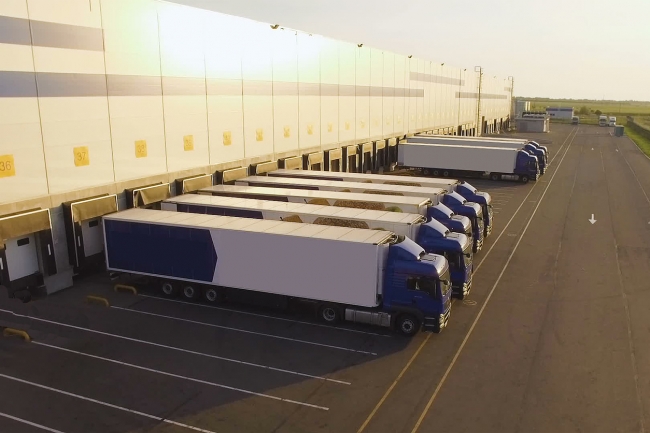3 minute read • published in partnership with SCCG
Insight: Distribution centres – location and design are key success factors
In the first of a series of articles, The Supply Chain Consulting Group looks a the current trends in distribution centre design, layout and automation
What is the difference between a warehouse, a distribution centre (DC), and a fulfilment centre? Not much really, just the emphasis may be a bit different. The facility may involve only storage through picking and packing to the completion of a full order-to-delivery service to the end-customer. Fulfilment centre is a term usually applied to businesses that are predominantly online.
Whatever description we use, operating such a facility is a major expense. Poor design and layout can impact efficiency leading to higher operating costs and reduced service levels. The rise of e-commerce and the changes in customer buying behaviour are causing previously efficient distribution operators to question their strategy and planned investments for the future. More agile distribution and transport solutions are needed to address the demands of the marketplace. Companies are continuously required to review their capacity, costs, and risks in striving to satisfy their customers.

Poor design and layout of a distribution centre can impact efficiency leading to higher operating costs and reduced service levels / Picture: Getty/iStock
One or more distribution centres?
As demand patterns change, we need to adjust our methods for fulfilling customer requirements. Transport from distribution centres to the end-customer (and back) is a major factor as are warehouse rentals and operating costs. The trade-off between location costs and transport costs will help define the optimum facility locations. Regional DCs need to be located near to the “centre of gravity” of their customer base to limit driving time. Choosing a location in the UK outside of the Midlands Golden Triangle (the area of the East Midlands renowned for its high density of distribution facilities) is an option for fulfilment centres. They have a bit more flexibility, they can take advantage of lower-cost outer locations, but they also need to be mindful of the parcel hub services they use and cut-off times. Limited availability of skilled staff in some cheaper areas is an issue which is leading to a wider acceptance of automated solutions.
What about size and space?
Difficult decisions arise when there are rapid changes in the economic climate and customer buying habits, as is the case today. Predicting future requirements is hazardous due to the many variables that must be considered. Order sizes are smaller, types of delivery channels are expanding, and speed is of the essence. The first step is to estimate the space required based on storage and throughput requirements but any decision to expand (or contract) must be based on a full operational review of existing facilities.
Warehouse design principles
Operational warehouse design starts by building a material flow analysis based on facts. Historical data must be extracted and validated to provide a picture of the current activities and what we are expecting the facility to achieve. Throughput is often not smooth; seasonality must be factored in to identify peak requirements. Stock-holding levels are the next important issue. What are the specific requirements, e.g. constraints due to pallet management, batch control or managing expiry dates?
There is a wide range of storage, packing and picking options that will be identified from the analysis process. An experienced person using the right tools can narrow down the options regarding layout, process, resourcing, materials handling equipment and systems. As an example, in a relatively slow-moving environment with a large number of pallets per SKU it might be appropriate to use drive-in racking, whereas in a fast-moving, case picking environment with a need to access individual pallets, this would not be suitable.
Is your distribution centre the right size and in the right place?
From the range of layout and design options resulting from the analysis process, there will be some possible candidates for further study. Professional help is recommended to assist with modelling the multiple design options for one or more locations. Even two companies with similar profiles will not apply the same variables. One company’s approach to capital investment vs leasing, supply chain risk, automation and resource management is very different from another’s. Using modelling tools, we can develop cost/benefit analyses for each preferred design/layout that will provide the basis for any investment decision.
The ideal location for a national DC or regional ones varies depending on many factors including the products involved, the customer base and delivery time commitments. Many companies prefer a national DC in the Midlands of the UK because of the access to over 90% of the UK population within 4 hours drive. However, the trend towards smaller regional facilities (including forward stock locations, stockless out bases etc..) is growing as same-day deliveries become the norm.
